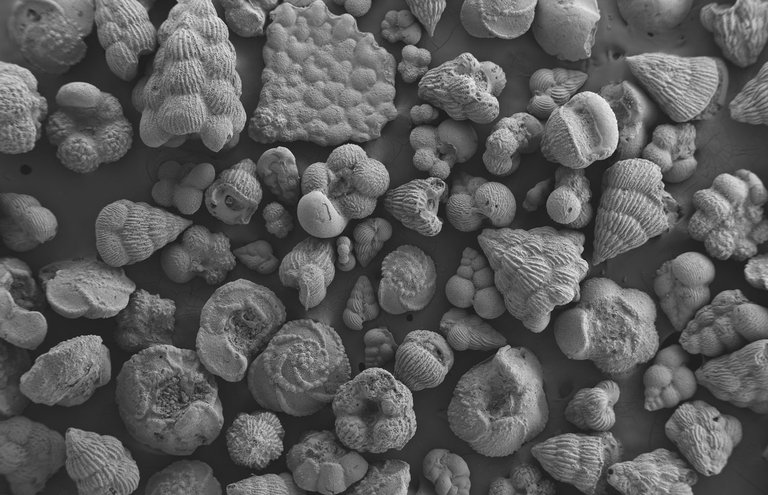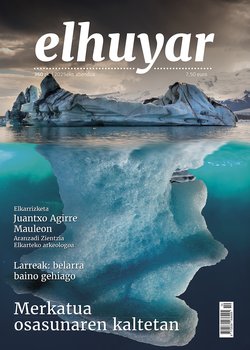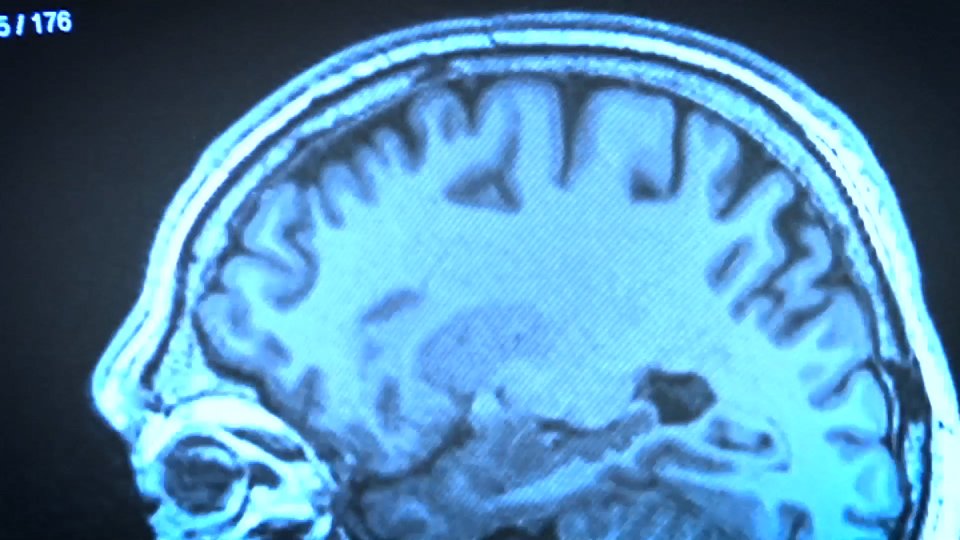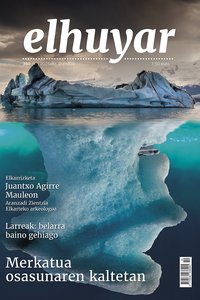What the oceans looked like at the end of the Cretaceous

An international team of researchers, with the participation of micropaleontologists from the University of the Basque Country (UPV/EHU), has shown that during the last million years of the Cretaceous the continents were reorganized, which changed the salinity and temperature patterns, as well as the connections between the oceans. Scientists also say that this situation has some similarities to the current situation. Indeed, the ice in Greenland and the Arctic is melting, and the flow of fresh water that it produces may have consequences for the North Atlantic flow, which conditions the climate in Europe.
The study reveals that at the end of the Cretaceous, the Arctic began to receive large discharges of fresh water from the rivers. At the same time, the gradual closure of the Central American maritime passage weakened the link between the Atlantic and the Pacific Ocean. The Arctic Ocean only communicated with the rest of the oceans through the Greenland-Norway Strait. As a result, the global circulation of the oceans changed, leaving less salty waters on more dense bodies of water without mixing. That is, the vertical stratification of the oceans took place. The process was particularly evident in the Arctic, the North Atlantic, and the ancient Tetis Ocean (now the Mediterranean Sea).
The researchers explain that the salinity and temperature of the sea are decisive factors for marine life: they determine the abundance of phytoplankton and zooplankton and regulate the exchange of oxygen and carbon dioxide between the ocean and the atmosphere. According to the study, if the asteroid Chicxulub had not collided in the Yucatan Peninsula (Mexico) 66 million years ago, this trend could have caused a serious environmental crisis due to lack of oxygen in the deep waters of the oceans.
To reach these conclusions, the inter-matial working group has used advanced climatic models, along with micropaleontological and geochemical analyses. In particular, microfossils of planktonic foraminifers (zooplankton protozoa) and dinoflagellates (phytoplankton algae) from stratigraphic sections and boreholes in Greenland, Norway, the Barents Sea, the Atlantic, the Mediterranean and the Caribbean Sea were studied.
Thanks to these microscopic remains, it has been possible to reconstruct with great precision the changes in salinity, temperature and oxygenation in the seas of Maastrichtiar (the last stage of the Cretaceous period). This period is approximately 72 to 66 million years ago.
The study, published openly in the journal Nature Communications, warns that understanding the search of that period helps to understand what is happening now.
Buletina
Bidali zure helbide elektronikoa eta jaso asteroko buletina zure sarrera-ontzian











